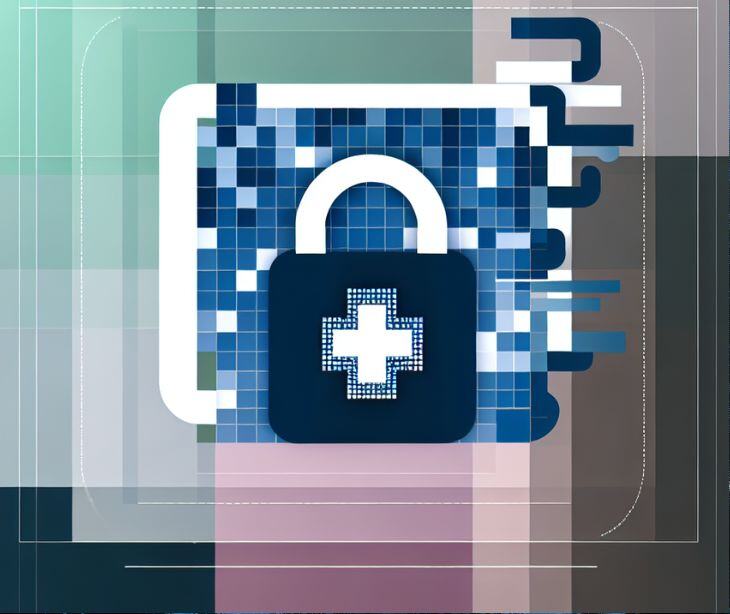2 min read
Building patient trust through equity-centered designed digital tools
Caitlin Anthoney Nov 19, 2024 6:07:45 PM

One of the biggest challenges in healthcare today involves mistrust among diverse populations. These challenges are often closely linked to a history of inequity and systemic barriers that have left communities underserved and disconnected from the care they need.
How do we address this digital divide?
We can help build trust in healthcare through understanding and addressing the barriers different communities face. As a Deloitte blog points out, equity-centered design could drive culturally nuanced interactions.
Deloitte senior manager, Heather Nelson, and Julius Tapper, manager, Deloitte Consulting LLP, suggests a few strategies that could help stakeholders, including healthcare providers, build patient trust and improve engagement.
Collaborating with community organizations
According to Deloitte, partnering with trusted community organizations "can provide insight into the lived experience of the population" and give valuable feedback to inform and enhance engagement strategies.
For example, a partnership with a local nonprofit could reveal that unreliable transportation is a major barrier to care in the community. Incorporating these insights can help health systems design solutions that meet real-world needs.
Equity-centered design also involves bringing diverse voices into the design process. If not, digital tools can automate bias. Take, for example, an algorithm that polices latency in appointing scheduling. If it fails to consider system-level barriers like transportation or work obligations, it could further disparities through longer wait times and missed care opportunities.
Reaching communities where they are
Effective outreach requires cultural competence and humility. Health systems must use different communication channels and tailor messages to a variety of cultures. For example, immigrant communities rely heavily on text messaging apps to communicate with their families in other countries.
Studies also show that older patients are progressively more open to text messaging, especially for healthcare-related communication. So, healthcare providers must reach patients on their preferred platforms to build trust and rapport.
Maintaining patient privacy
The Health Insurance Portability and Accountability Act (HIPAA) mandates that providers safeguard patient-protected health information (PHI). So, when using an equity-centered design for outreach strategies and communication, providers must use a HIPAA compliant solution like Paubox.
These platforms offer a secure, personalized way to engage diverse populations while maintaining their trust. For instance, a healthcare system that serves immigrant communities could use HIPAA compliant texting with multilingual appointment reminders or educational materials.
These secure texts can also incorporate culturally sensitive language and include links to transportation assistance, addressing the abovementioned challenge.
Moreover, HIPAA compliant email texting encrypts sensitive data and maintains compliance with regulatory bodies, protecting patient information.
So, as digital transformation continues, secure communication tools will blend culturally competent outreach with personalized health information to support diverse populations.
Related: Addressing social determinants of health with HIPAA compliant texts
FAQs
What makes a text message HIPAA compliant?
Providers must use a HIPAA compliant text messaging platform, which uses encryption, access controls, and authentication measures to protect patient privacy.
Additionally, providers must obtain explicit patient consent, limit protected health information (PHI) to what is necessary for patient care, and train staff on sending HIPAA compliant text messages.
Related: Improve patient engagement with HIPAA compliant text messages
Can HIPAA compliant texts include images or attachments?
Yes, Paubox texting automatically encrypts images and attachments, protecting PHI during transmission and at rest.
Can providers use personal phones for HIPAA compliant texting?
Using a personal phone can be risky unless providers use a HIPAA compliant texting solution. Paubox ensures that all text communications are encrypted and HIPAA compliant, making it safe to send patient information.




